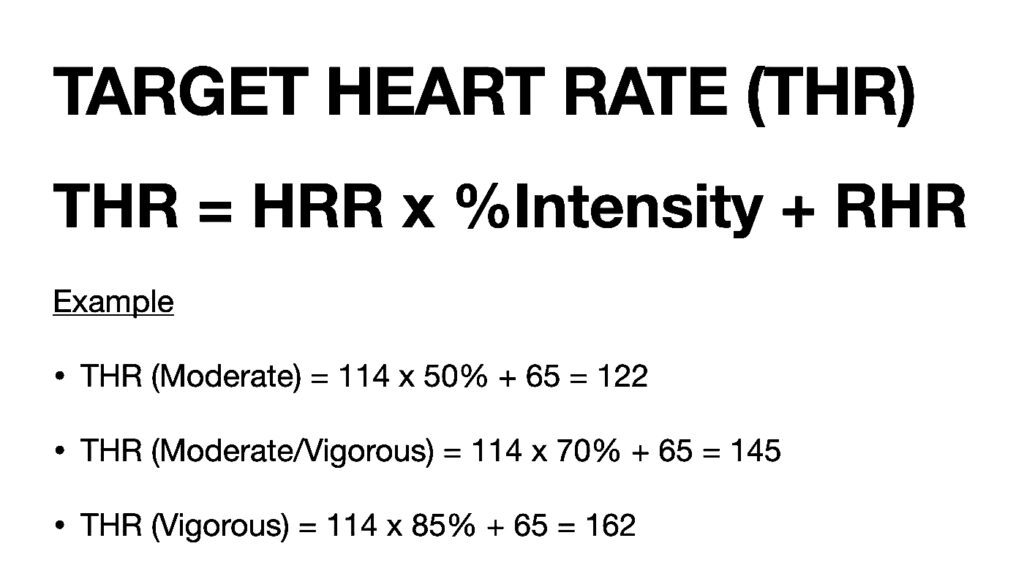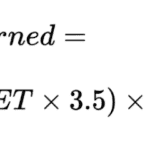Master Your Run: The Ultimate Guide to Running Paces
Running is one of the most effective and accessible forms of exercise, offering numerous health benefits and requiring minimal equipment. Whether you are a beginner just starting out or a seasoned marathoner looking to improve your performance, understanding your running pace is crucial. This guide will explore the importance of pacing in running, provide insights into setting fitness goals, and offer tips for optimizing your training routine. We will also introduce a running pace calculator to help you tailor your workouts to your specific needs.
Running Pace Calculator
Common Questions about Body Mass Index –
Don’t Stop at Pace, find Calories burned & More…
Why stop at running calculator? Get personalized meals, fitness tracking, and more in our app. Discover a healthier you today! Start your health journey for free!
Understanding Running Pace
Running pace weather mile pace calculator or km pace refers to the time it takes to cover a specific distance, typically expressed in minutes per mile or kilometer. Your pace is influenced by several factors, including fitness level, terrain, weather conditions, and individual physiology. Monitoring your pace can help you track progress, set realistic goals, and avoid overexertion or injury.

Importance of Pacing
Pacing is critical for maximizing performance and achieving fitness goals. It allows runners to distribute energy efficiently over the course of a run, ensuring they maintain a steady speed without burning out too quickly. Proper pacing can help runners:
- Prevent Injury: By avoiding sudden bursts of speed or fatigue, runners can reduce the risk of strain and injury.
- Improve Endurance: Gradually increasing pace and distance builds cardiovascular fitness and muscular endurance.
- Achieve Goals: Whether you’re aiming for a personal best in a race or simply looking to improve overall fitness, pacing helps you stay on track and achieve your objectives.

How to Use the Running Pace Calculator
Calculating your running pace involves dividing the total time taken to run a specific distance by the distance itself. For example, if you run 5 kilometers in 25 minutes, your pace is 5 minutes per kilometer.
Setting Fitness Goals
Establishing clear fitness goals is essential for motivation and progress. Here are some tips for setting and achieving your running goals:
- Define Your Objectives
Determine what you want to achieve with your running routine. Are you training for a race, aiming to lose weight, or looking to improve overall health? Defining your objectives will guide your training plan and help you stay focused. - Set SMART Goals
Use the SMART criteria to set goals that are Specific, Measurable, Achievable, Relevant, and Time-bound. For example, instead of setting a vague goal like “run faster,” aim for “reduce my 5K time by 2 minutes in three months.” - Break It Down
Divide larger goals into smaller, manageable milestones. Celebrate each achievement to maintain motivation and track your progress. - Be Realistic
Consider your current fitness level, available time, and potential obstacles when setting goals. Avoid setting unrealistic expectations that could lead to frustration or burnout. - Track Your Progress
Regularly monitor your progress using tools like a running pace calculator, fitness apps, or a simple running log. Adjust your goals as needed based on your achievements and any challenges you encounter.
Tips for Improving Your Running Performance
Enhancing your running performance requires a combination of training techniques, nutrition, and recovery strategies. Here are some key tips to consider:
- Incorporate Interval Training
Interval training involves alternating between periods of high-intensity running and low-intensity recovery. This technique improves cardiovascular fitness, speed, and endurance. - Focus on Strength Training
Incorporate strength training exercises into your routine to build muscle and reduce the risk of injury. Target key areas such as the core, legs, and glutes to enhance running efficiency. - Prioritize Recovery
Allow adequate time for recovery between workouts to prevent overtraining and injury. Incorporate rest days, stretching, and techniques like foam rolling to aid muscle recovery. - Maintain a Balanced Diet
Fuel your body with a balanced diet rich in carbohydrates, proteins, and healthy fats. Stay hydrated and consume nutrient-dense foods to support your running performance and overall health. - Invest in Proper Footwear
Wearing the right running shoes is essential for comfort and injury prevention. Choose shoes that fit well, provide adequate support, and are designed for your specific running style and terrain.
Using Our Running Pace Calculator
The running pace calculator is a valuable tool for runners of all levels. It allows you to calculate your pace, predict race times, and plan your training sessions more effectively. Here’s how to use the calculator:
- Input Distance: Enter the distance you plan to run, selecting the appropriate unit (kilometers or miles).
- Enter Time: Input the time you expect to complete the distance, choosing either minutes or hours as the unit.
- Calculate Pace: The calculator will determine your running pace, displaying the result in minutes per kilometer or mile.
- Adjust Variables: Experiment with different distances and times to find the optimal pace for your training goals.
Conclusion
Mastering your running pace and setting realistic fitness goals are key components of a successful running journey. Whether you’re training for a race, seeking to improve your health, or simply enjoying the benefits of running, understanding and managing your pace will enhance your experience. Use the running pace calculator to tailor your training routine, monitor progress, and achieve your personal best. Remember to stay motivated, listen to your body, and celebrate your achievements along the way.





